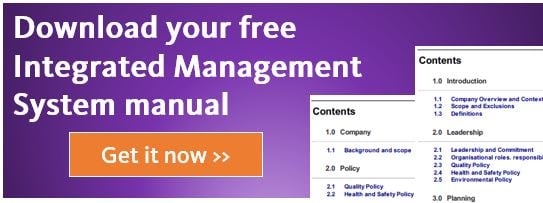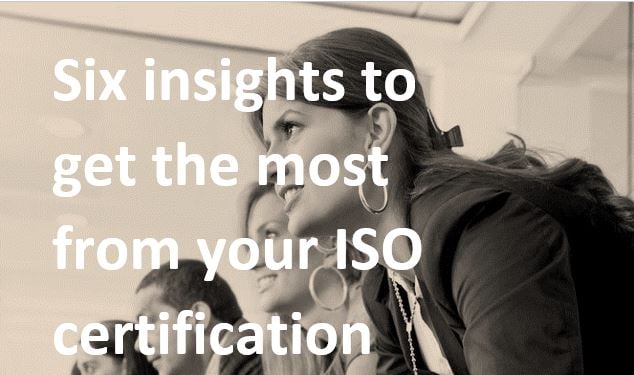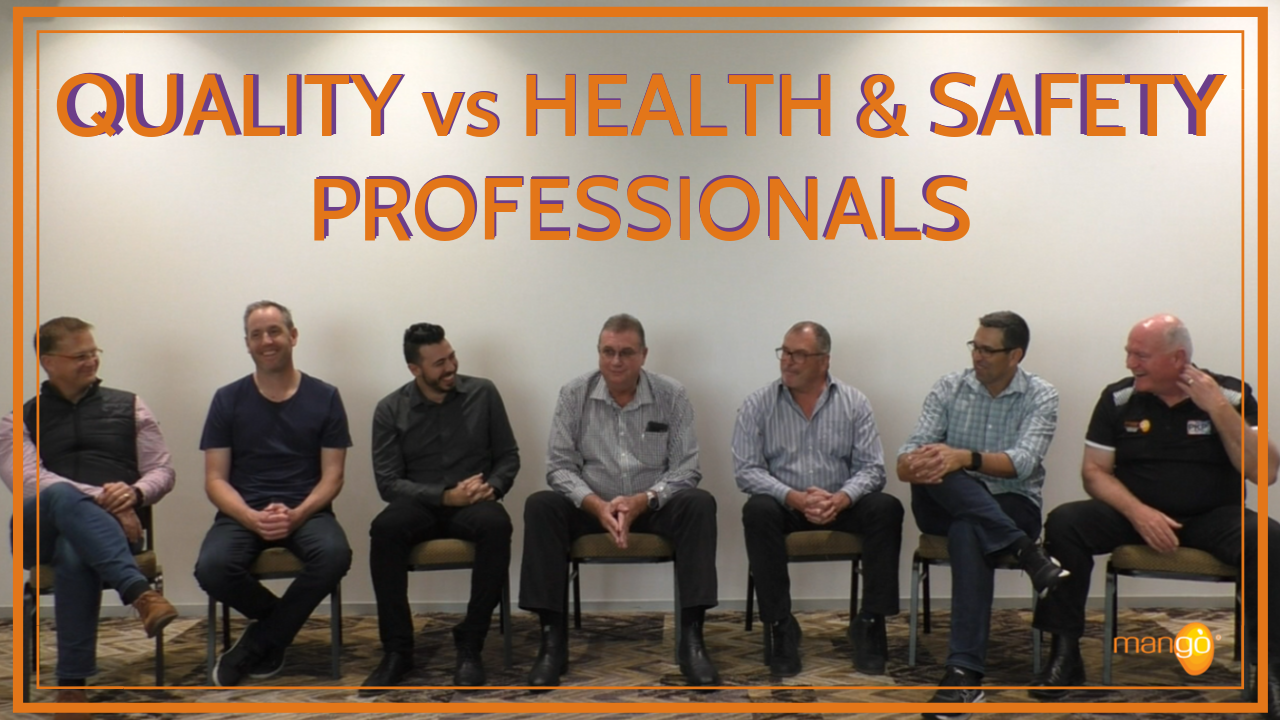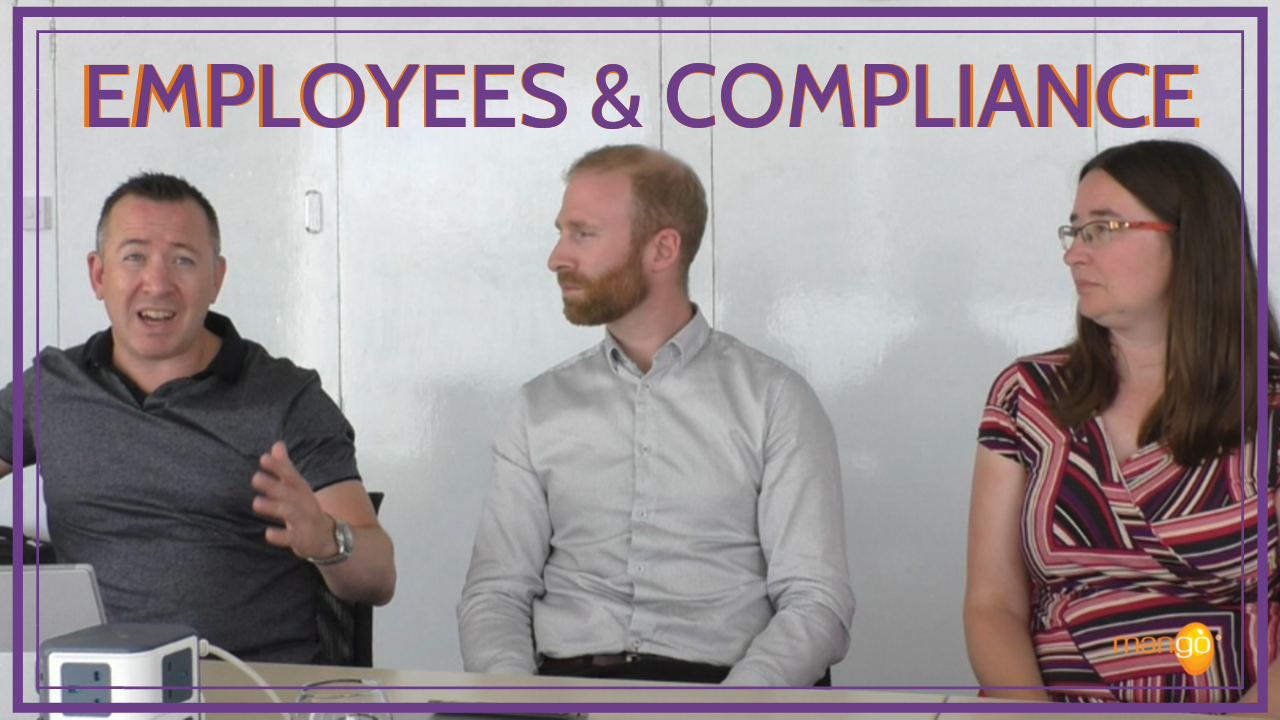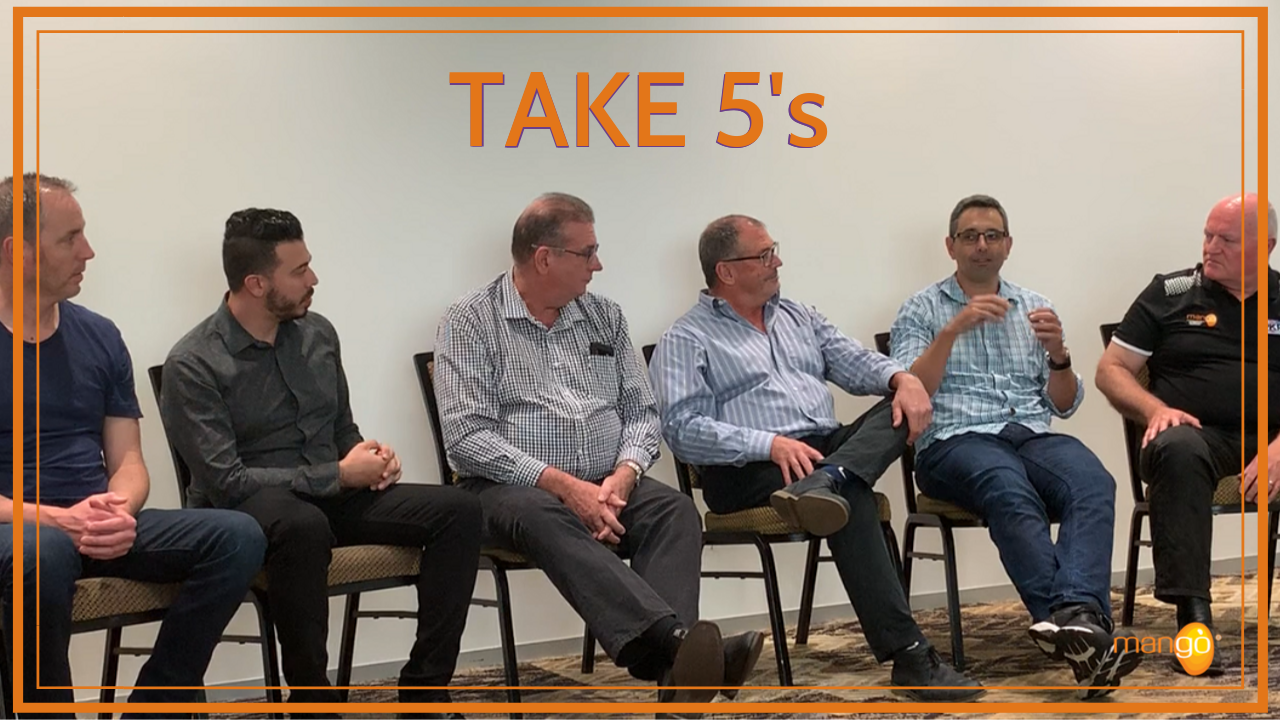SRM's Process to achieving ISO 9001 and 14001
Last year we were joined by Nicholas Graham, Managing Director of Safety Risk Management (SRM). SRM is a well-established SHEQ Consultancy firm located in South Africa.
This video explains:
- Why they wanted to achieve certification to ISO 9001, ISO 14001 & OHSAS 18001
- The benefits of being certified to these standards, and
- The challenges they faced along the way.
Why did SRM want to achieve triple certification for 9001, 14001 and 18001?
There are two reasons why SRM wanted to achieve triple certification for the above standards:
- They wanted to implement a structured approach to managing their organisational risk. The approach was to be internationally recognised.
- SRM takes clients through certification of these standards so they wanted to be able to demonstrate that they fully understand the process and can do what they say they do.
What process did SRM follow to achieve ISO 9001, ISO 14001, OHSAS 18001 and to meet the new versions?
For the past 4 years, SRM had initially been certified against older versions of 9001:2008 and 14001:2004.
The first standard they originally started with was ISO 9001 because they wanted to implement a structured approach to managing their risk and wanted to show clients that they were capable of doing just that.
In 2015 the new versions of ISO 9001 and 14001 standards were launched. SRM found the process of transferring to these new standards relatively straight-forward.
The biggest challenge they faced was looking into factors external to the organisation. Then analysing how those external risks could affect their business in terms of objectives, targets, profitability and performance.
What were the challenges of the on-site certification audit?
SRM found the biggest challenge of the on-site audit was having 3 certification body auditors and 3 accreditation body auditors all in the same room. As a result this caused a number of heated discussions around the standard due to it having just been released.
With SRM being one of the first companies to certify against the new standard in South Africa this meant the standard was new to both the certification and accreditation bodies meaning they had to forge the road ahead for auditors and clients that were going to be taken through the process.
What were the major challenges transitioning to the 2015 versions of ISO 9001 and ISO 14001?
- The clauses brought in around 4.1 (Understanding the organisation and its context) and 4.2 (Understanding the needs and expectations of interested parties) proved to be a challenge for SRM as they were forced to research the external factors that could affect their business performance.
- Clause 7.1.6 (Organisational Knowledge) was a challenge as they determined that knowledge sat within the organisation but the understanding was not thorough enough. This encouraged SRM use subject matter experts to gain information that sat externally to the organisation and then accommodate it within their system.
- SRM found the transition to the new ISO 9001 standard was a greater challenge compared to going for the 2008 version. It required greater evidence at the different stages of the process.
How long did it take to transition to the 2015 versions of ISO 9001 and ISO 14001?
Overall it took SRM approximately 6 months to transition to the new versions.
Three months were spent on re-writing the system and another 3 months with the system in action in the organisation.
What are the benefits of certification to ISO 9001, 14401 and 18001?
- It helps differentiate itself from competing consultancy firms.
- It has helped implement a more structured approach to the management of risk.
- Using Mango has helped it to ease the burden of compliance.
How has Mango helped SRM to achieve its certification goals?
As a small consultancy firm, SRM is limited to the amount of hours they can put into compliance. As their team is focused on building revenue for the business they needed a product that would help them simplify their compliance system and remove the pain from compliance.
Mango:
- Saves time
- Drives compliance
- Streamlines training
- Is easy to audit
You can download your free Integrated Management System Manual here.
.png?width=200&height=51&name=image%20(2).png)
